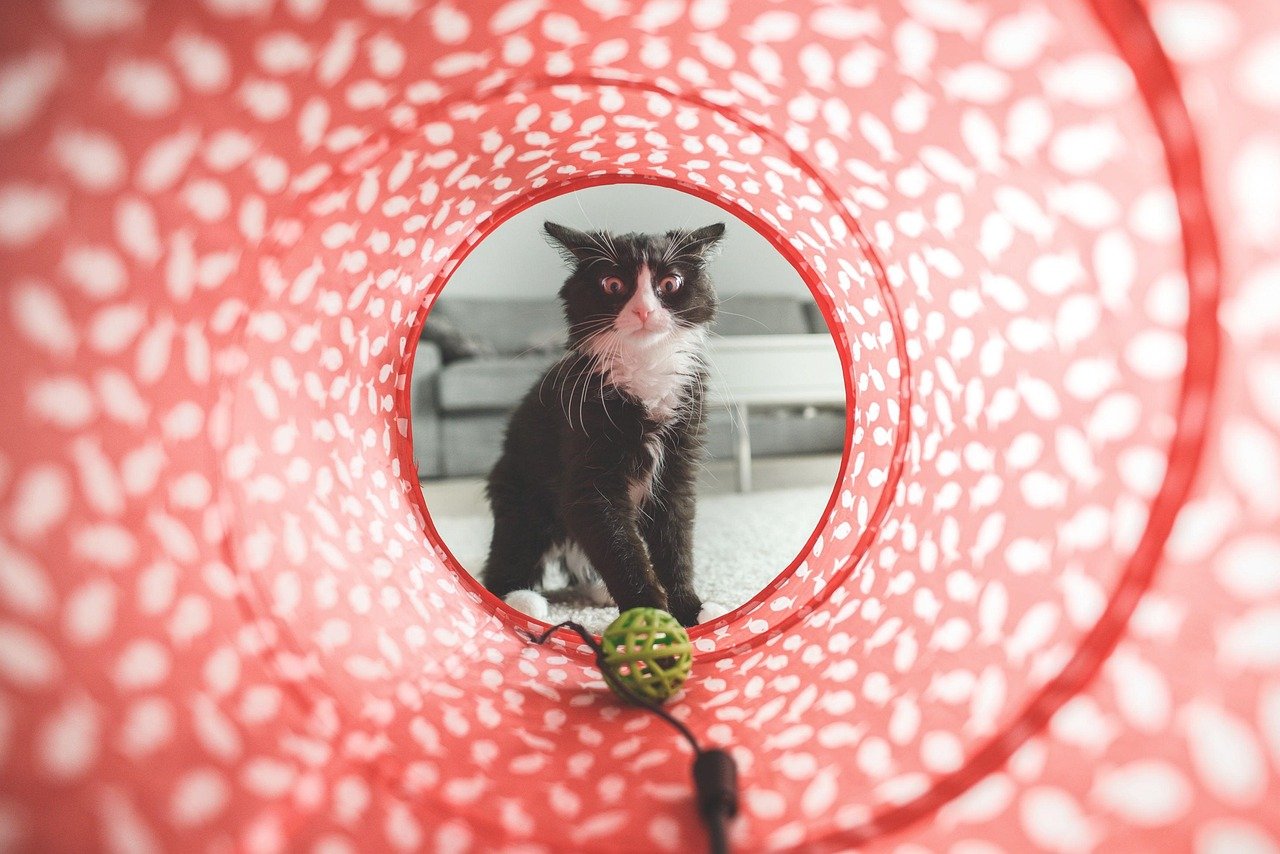Owning a cat can be a fulfilling experience, filled with playful moments and cozy cuddles. However, maintaining a feline companion comes with its share of expenses. From vet bills to high-quality food, the costs can add up quickly. But fear not, there are ways to manage these expenses without compromising on the care and love you provide to your furry friend. Here are seven practical methods to help you reduce the cost of owning a cat, ensuring your pet remains happy and healthy.
1. Opt for High-Quality, Cost-Effective Cat Food
Choosing the right food for your cat is crucial. While premium brands can be expensive, they often provide better nutrition, which can save on vet bills in the long run. Instead of going for the priciest option, look for high-quality food that offers balanced nutrition at a reasonable price. Many store brands offer affordable yet nutritious options. It’s like finding a hidden gem in a pile of rocks; you just need to search a bit. Always check the ingredients and consult with your vet to ensure you’re making the best choice for your furry friend.
2. DIY Cat Toys and Furniture

Cats love to play, but you don’t need to break the bank buying expensive toys and furniture. Many cats find joy in simple things like a ball of yarn or a cardboard box. You can also make your own toys using items you already have at home. An old sock filled with catnip can become an instant hit. For furniture, consider DIY projects like a homemade scratching post or a cozy bed made from an old sweater. These projects are not only budget-friendly but also offer a personal touch that your cat will surely appreciate.
3. Regular Vet Check-Ups and Preventative Care

Preventative care is key to saving money on vet bills. Regular check-ups help catch potential health issues early, preventing costly treatments down the line. Think of it as getting your car serviced regularly to avoid major repairs. Vaccinations, dental cleanings, and flea prevention are essential components of your cat’s health regimen. While these may seem like upfront costs, they are investments in your cat’s long-term well-being. Discuss a preventative care plan with your vet to ensure your cat remains in tip-top shape.
4. Groom Your Cat at Home
Regular grooming not only keeps your cat looking their best but also helps prevent health issues. Instead of visiting a professional groomer, you can groom your cat at home. Invest in a good-quality brush and set aside a few minutes each week to brush your cat. This will help reduce shedding and prevent matting. Additionally, trimming your cat’s nails at home can save on grooming costs. Start with short sessions to get your cat used to the process, and always reward them with treats for their cooperation.
5. Shop Smart for Cat Supplies
When it comes to buying cat supplies, shopping smart can make a big difference. Look for sales, discounts, and coupons on cat food, litter, and other essentials. Bulk buying can also lead to significant savings, especially for items like litter and dry food. Consider joining loyalty programs at pet stores for additional discounts. Online shopping platforms often offer competitive prices and promotions, so it’s worth comparing prices before making a purchase. By being a savvy shopper, you can stretch your budget without compromising on quality.
6. Spay or Neuter Your Cat
Spaying or neutering your cat is a one-time expense that can save you money in the long run. This procedure can prevent costly health issues, such as uterine infections and testicular cancer. It also helps reduce the number of unwanted kittens, which can be a financial burden. Many animal shelters and clinics offer low-cost spay and neuter programs, making it an affordable option. Not only does this benefit your wallet, but it also contributes to controlling the pet population.
7. Consider Pet Insurance
While pet insurance is an additional expense, it can be a lifesaver in unexpected situations. Veterinary emergencies can be costly, and having insurance can ease the financial burden. Consider your cat’s age, health, and lifestyle when choosing a policy. Some insurance plans cover routine care, while others focus on emergencies. Weigh the pros and cons and choose a plan that fits your needs and budget. Think of it as a safety net, ensuring that you’re prepared for any unforeseen circumstances.
In conclusion, owning a cat doesn’t have to be a financial strain. By implementing these cost-saving strategies, you can provide the best care for your feline friend without breaking the bank. Remember, it’s about making wise choices and being resourceful. Your cat’s health and happiness are worth every effort, and with a bit of creativity and planning, you can achieve both.

Suhail Ahmed is a passionate digital professional and nature enthusiast with over 8 years of experience in content strategy, SEO, web development, and digital operations. Alongside his freelance journey, Suhail actively contributes to nature and wildlife platforms like Feline Fam, where he channels his curiosity for the Feline into engaging, educational storytelling.
With a strong background in managing digital ecosystems — from ecommerce stores and WordPress websites to social media and automation — Suhail merges technical precision with creative insight. His content reflects a rare balance: SEO-friendly yet deeply human, data-informed yet emotionally resonant.
Driven by a love for discovery and storytelling, Suhail believes in using digital platforms to amplify causes that matter — especially those protecting Earth’s biodiversity and inspiring sustainable living. Whether he’s managing online projects or crafting wildlife content, his goal remains the same: to inform, inspire, and leave a positive digital footprint.






